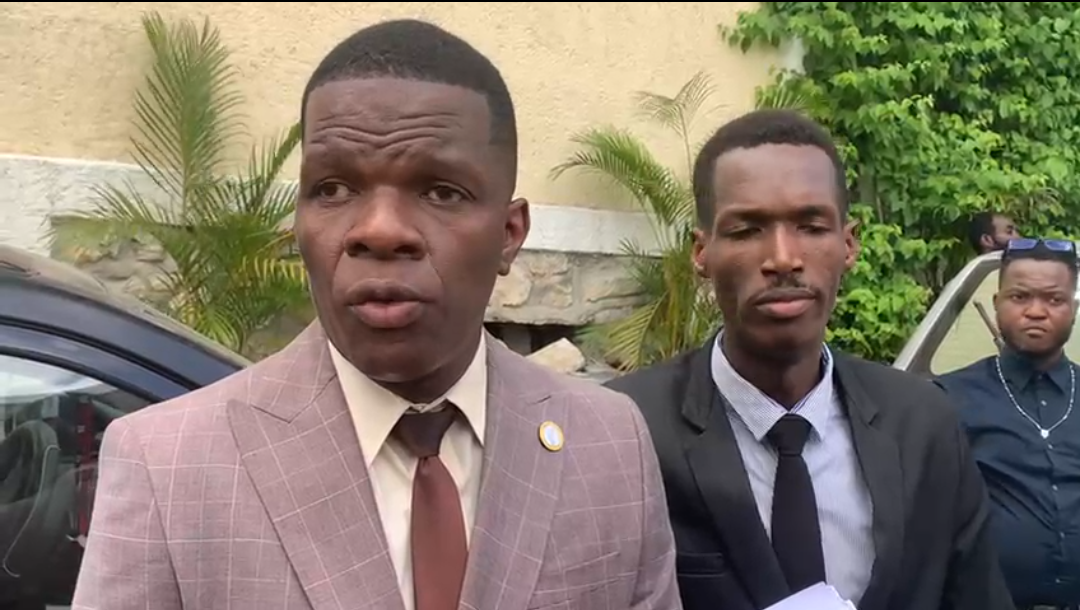There’s a period of time after the Big Bang, when the universe was in its infancy and the very first stars were blinking into existence, that remains one of the most mysterious chapters in the history of the cosmos.
If astronomers could study those chaotic, heady days of the early universe, they could begin to unravel how the cosmos evolved over more than 13 billion years. They might finally understand what extraordinary forces gave rise to stars, galaxies, black holes and planets — including worlds beyond Earth that may support life.
Yet even with the most sophisticated observatories in space and on the ground, scientists lacked the means to observe the oldest and most distant objects in the universe.
That is, until now.
NASA is set to launch into space humanity’s largest and most powerful telescope, a $10 billion behemoth called the James Webb Space Telescope. The tennis court-sized observatory, slated to lift off Saturday from a European spaceport in French Guiana, will be able to see deeper into space and in greater detail than any telescope that has come before it.
NASA has billed the mission as an “Apollo moment” — a giant leap forward that could revolutionize our understanding of the universe and humanity’s place in it.
“It’s kind of a cliché to say that it’s going to change the course of astronomy, but it might very well do that,” Marcia Rieke, an astronomer at the University of Arizona, said.
Rieke has spent the past 20 years leading the development of one of the Webb telescope’s four main instruments, a specially designed infrared camera known as NIRcam. She said Webb could unlock mysteries of the early universe, from as far back as 100 million years after the Big Bang. It could also observe exoplanets with instruments sensitive enough to study their atmospheres, looking for potential biosignatures of alien life.
For all its potential benefits, the mission is also one of NASA’s most daring.
Risky business
After launch, the Webb telescope will spend about a month journeying to a point in orbit around the sun that is about 1 million miles away from Earth.
The observatory’s destination is known as the second Lagrange, or L2, point and was chosen because the telescope can remain in a stable orbit with one side of the telescope permanently facing Earth and the sun. This helps shield the telescope’s instruments from heat and light that could interfere with its observations.
But at a million miles away, NASA won’t be able to send astronauts to the telescope to make upgrades or repairs if anything goes wrong. Astronauts famously visited the Hubble Space Telescope in low-Earth orbit on five separate servicing missions between 1993 and 2009. That won’t be an option this time, said Greg Robinson, Webb’s program director at NASA.
“There’s no help on the way,” Robinson said. “Once it leaves the planet, it’s on its own.”
Next-generation space telescope
The James Webb Space Telescope is a collaboration between NASA, the European Space Agency and the Canadian Space Agency. First proposed more than 30 years ago, the observatory is designed to help astronomers piece together how the modern universe came to be.
But the project has not been without controversy. Over the course of its development, the telescope ran billions of dollars over budget and was finished more than a decade behind schedule. For the thousands of scientists and engineers around the world involved with the project, it has been a long and often bumpy journey.
Now, Webb is finally ready for launch.
The observatory will build on the legacy of the iconic Hubble Space Telescope, which has been operating since 1990. Though Hubble is responsible for decades of scientific discoveries and some of the most jaw-dropping images of the cosmos, including the famed Pillars of Creation, the telescope is limited in what it can see — and how far.
The Webb telescope’s primary mirror, which collects and focuses light from objects in the cosmos, will be the largest to fly in space.










